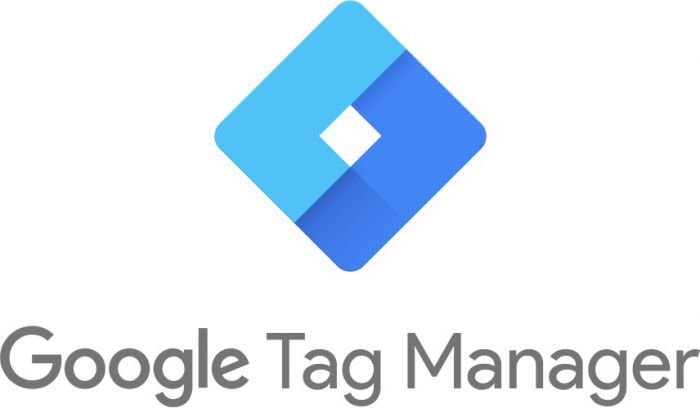What is Google Tag Manager?
A snippet of code that sends data to Google and many other 3rd parties. If you are not using Google Tag Manager or a similar tag management tool, you will need to upload the changes directly to your website or mobile app. With Google Tag Manager, there is no need to include 3rd party code snippets in your source files. Instead, you can specify which tag you want to trigger and when through Google Tag Manager.
In addition to the ease of use it provides us, it is possible to say that Google Tag Manager is one of the most important services of the ever-changing and developing technology.
How Does Google Tag Manager Work?
Tag Manager for web use works with its own tag management system. The tag is placed on all pages in your internet address. In mobile applications, it is installed on Android and iOS systems using the Firebase SDK. The container is primarily used for Google AdWords, Google Analytics Tag Manager takes care of all manually coded and supported tags on your website or mobile app, including 3rd party tags. Once installed on your website or mobile app, Tag Manager allows you to update all tags, make changes or add new tags using the web interface application.
The first thing to do for this is to create a tag on the subject to be monitored or measured. In addition, special codes for many channels are offered to you on GTM. These special codes are as follows;
- Google Ads
- Google Analytics
- Google Optimize
- Criteo
- Hotjar
- Quora
In addition, for codes that are not included here, it is possible to easily apply the codes you want through GTM by coming to the Custom HTML tab. After the code addition process, what needs to be done is to create a Trigger for measuring the actions. The important thing to note here is to define the trigger for the action to be measured.
A Tag Manager account allows you to manipulate tags for one or more web addresses or mobile apps. It is possible to create multiple Tag Manager accounts with just 1 Google account. However, it is usually sufficient to create only one Tag Manager account for each company or organization.
How to Install Google Tag Manager?
In general, Google Tag Manager installation is quite simple. Tag Manager is activated thanks to 2 different codes to be added to the relevant website for installation. Now, let's try to explain step by step how to install Google Tag Manager.
Web Setup
1. First of all https://tagmanager.google.com create a Tag Manager account at
2. After creating an account, go to Admin > Install Google Tag Manager.
3. The 1st code on the page that opens after this is the code of the relevant website <head> is added to the section. The 2nd code is <body> is placed immediately after the label.
4. After these actions, the Google Tag Manager account becomes active. Thus, it is possible to add many different 3rd party tools such as Analytics, Facebook Pixel, Hotjar to the website.
After the necessary codes are added to the relevant fields on the website, the data starts to arrive and it is possible to obtain information about the overall performance of the site.
Mobile Setup
Google Tag Manager is integrated into Firebase specifically for mobile applications.
To create an account or access an existing account, visit tagmanager.google.com.
After logging into the account, create a container for your mobile app. At this stage, you need to check the "Mobile Apps" option.
Choose the SDK version for whichever type of container (Android, iOS) is right for you.
What are the Benefits of Google Tag Manager?
Google Tag Manager also provides many advantages to users and makes the work on the website easier. For this reason, it is fair to say that many website owners have recently shown interest in this system. The benefits that come with Tag Manager are generally as follows;
- Tag Manager first of all provides a great convenience to developers. Because manual coding is usually done during website development. However, with Tag Manager, this is eliminated and developers can turn to different areas related to content management.
- Another benefit is that it provides error-free label writing. Generally, the risk of making mistakes in manual coding is very high. However, thanks to Tag Manager, problems such as typos are eliminated and the process continues as copy and paste.
- On the other hand, Tag Manager also has a surveillance and control feature. It is enough to enter more than one tag for the page or product that is desired to be more prominent. Thus, the data is collected in a short time and becomes a guide for the strategies to be made.











